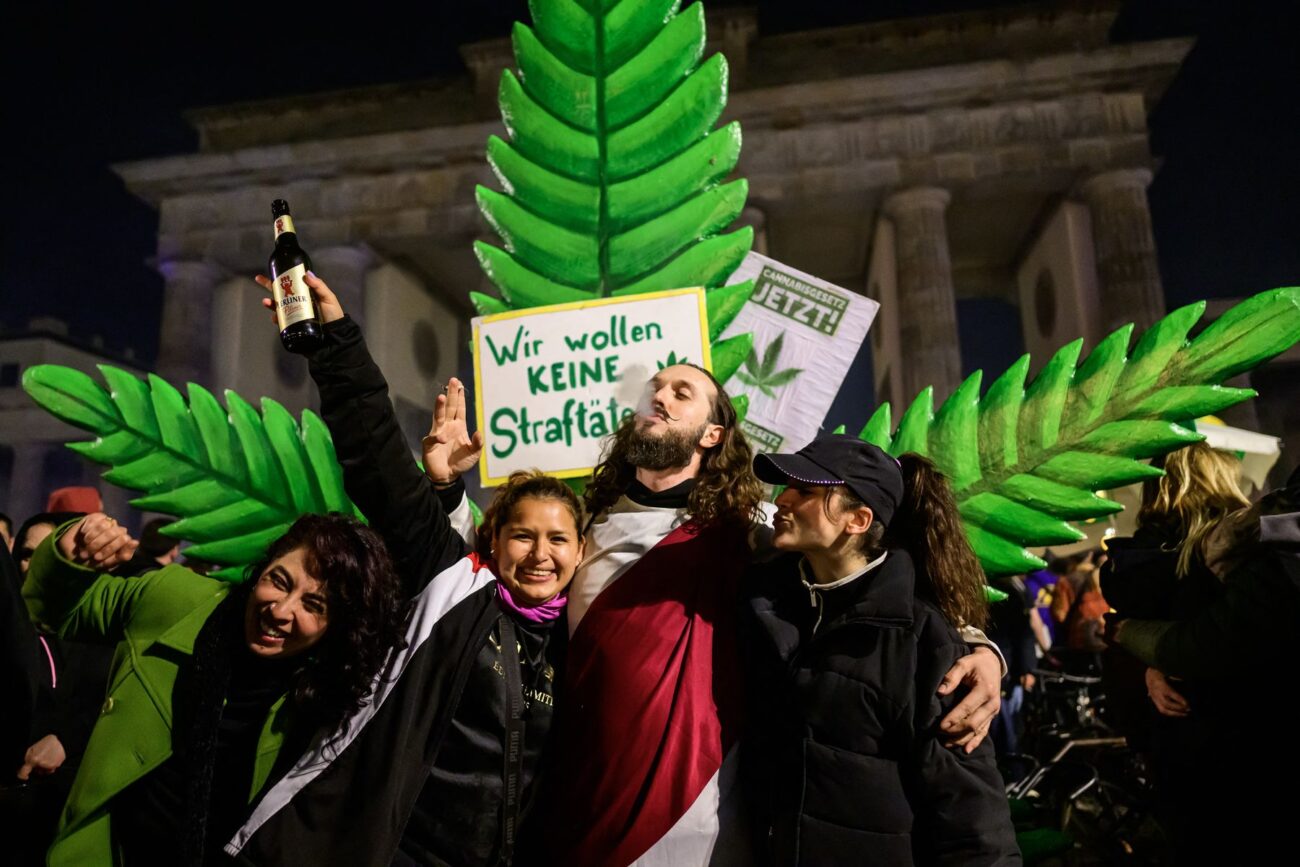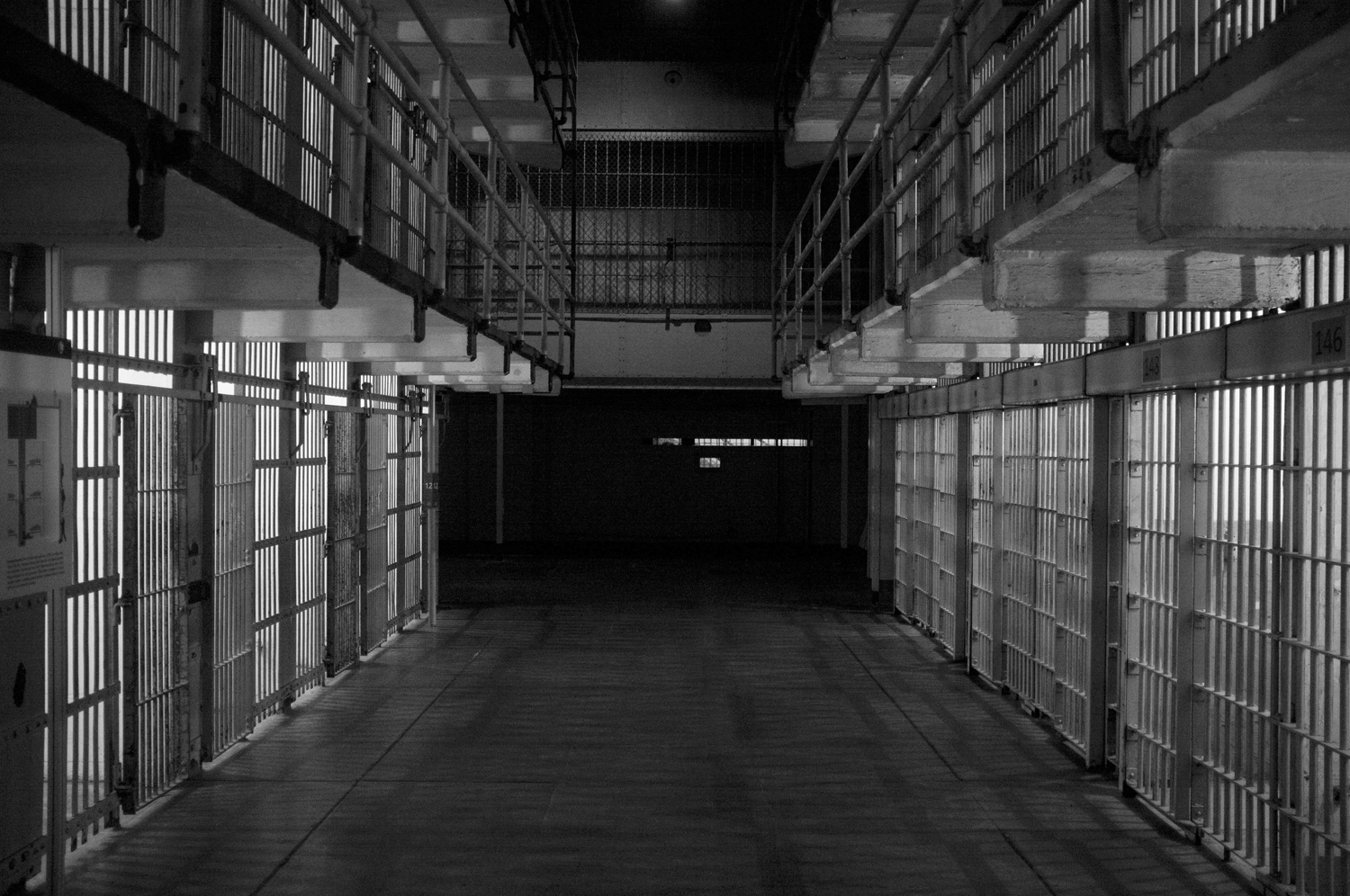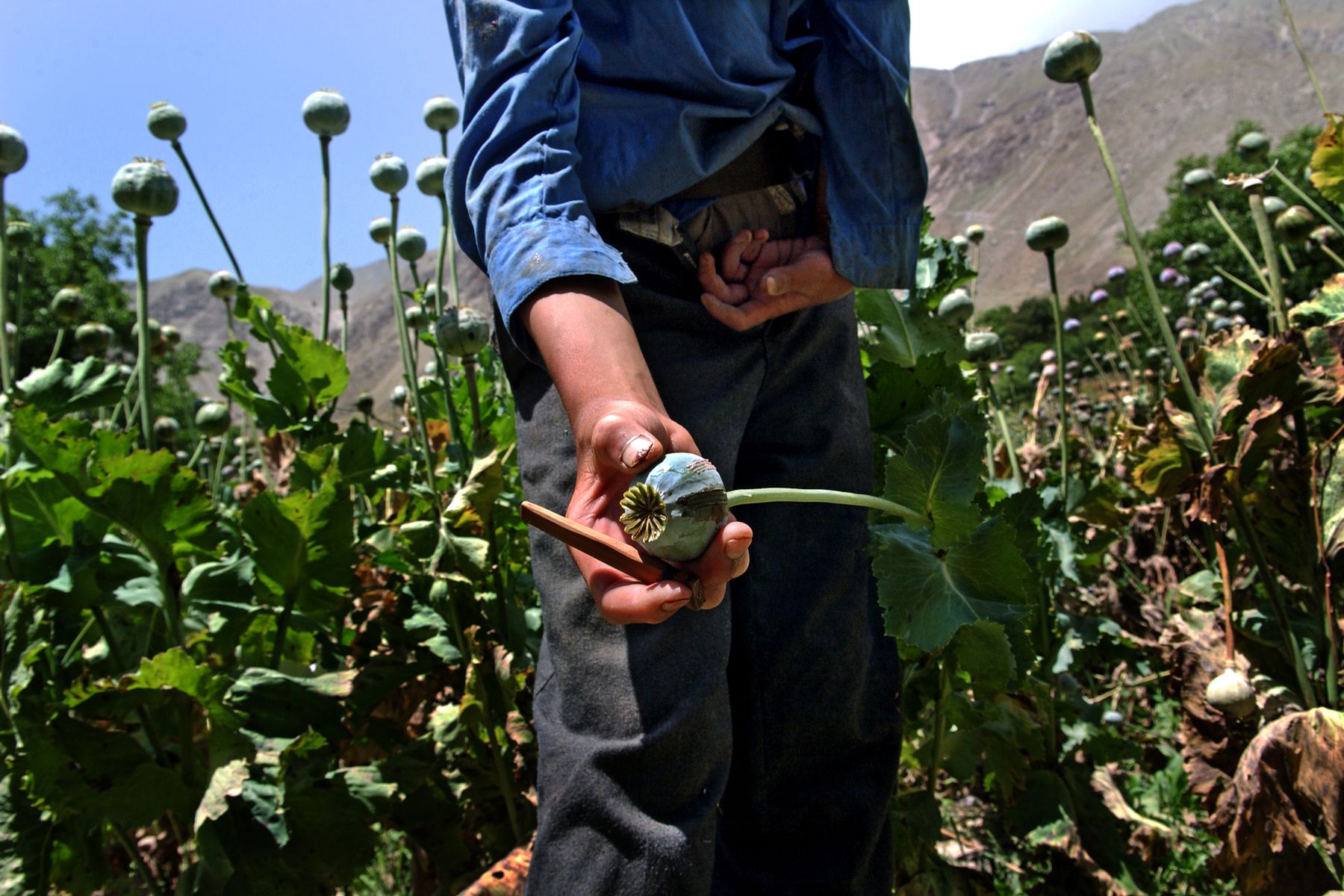Cocaine death from overdose in the Tabarin cabara of Donostia
- Cabaretas, juergas, naked women dancing, cocaine, heroin and morphine in pharmacies... looks like a movie scene, but we talk about San Sebastian. Over 100 years ago, the Aristocrats and the Bourgeoisies celebrated terrible feasts in the cabarets of the city. In 1917, the “cocaine vice” killed a young aristocrat.

Every time we look back, our city offers us amazing passages. At the beginning of the twentieth century, who would say that there were no illegal drugs and that in San Sebastian he could buy heroin, opium and cocaine at any pharmacy? Indeed. The historian Juan Carlos Uso Arnal gathered in an article of the journal Norte de Salud Mental the recognition of the elegant and flammable Donostia of the early twentieth century.
San Sebastian was being created as a tourist city in the late 19th century. Between hotels, spas, amusement parks, trams and many other "attractions", the bourgeoisie of the city, in order to create a 360-degree tourist offer, nightlife also needed its place; as you know, the juergas and excesses have not been right at night!
Cabaretas in the city
Following the fashions of the time, several Cabarés opened in the city that became leisure spaces for aristocrats and bourgeoisies, and that aroused opposing opinions in the press of the time. Cabaret Maxim’s and Tabarin were located at the bottom of the Teatro Reina Victoria. Specifically, Maxim’s was next to Lyon D’O and Tabarin in the basement of this cafeteria.
It was apparently elegant nocturnal restaurants with live music that, in line with Parisian fashions, became dance halls. In the advertising it was stated that in Tabarín they had ‘a wonderful little sextet’ and offered special shows: ‘Souper dansant’, ‘artistic diners’, ‘modern dances’ and, of course, ‘beauty championships’: ‘Everything French and, as in the Tabarín de Paris, it will be a dance competition, skis, pretty faces and small feet’.
Although some of the press saw them with good eyes, the majority criticised the cabarets ‘Lust’, ‘vice’, ‘orgy’ and other ‘abuses’.
Cocaine overdose
The nights were also full of pitfalls and excesses. A dramatic event took place in Tabarín in October 1917. Juan Carlos Uso stated that it was apparently a normal night on Tuesday, September 18, 1917. At just 21 years old, Joaquín Santiago Concha and Tineo, Count of Villanueva del Soto, moved to Tabarina. The young Aristocrat appeared only at the beginning of the night, asked a worker, “asked for some Mesed” and retired. Then, around 4:30 he returned and the same worker and some of the people there warned that the situation was "somewhat abnormal". He sat at one of the bar tables, without any company, and there began the feast of alcohol and drugs.
At first, few listened to him, because he was a ‘normal’ attitude in night life. As reported in the chronicle, cocaine was snowed after being placed in the back of the hand and “not owning itself”, a musician tried to remove the casket from the toxic. Following a worsening of the Count and a ‘dispute with the workers’, the cabaret’s own management ‘invited his house’.
They helped from the premises to the exit and put the young aristocrat in a car. Upon arriving at the building where the count was located, the doorman of the building told the driver that he did not know this master, who had only been in San Sebastian for six days. Then, the driver opened the door to ask him what his house was and, seeing that the traveler had lost consciousness, he decided to take him directly to the Relief Center. There, everything points to the death of cocaine from overdose.
Police and class differences
The Voice of Guipuzcoa, beyond the chronicle, revealed in his news the social contradictions of the time: "Yesterday a young aristocrat died in the Casa de Socorro with the cocaine addiction. We do not head or repent the little ones in the ashes, intoxicated by the drug of hell that degeneration and vice have become fashionable when the young and unhappy count of Villanueva del Soto dies at the age of 21. Nor are we going to give pleasure to police chief Coll, who yesterday asked journalists to protest because cocaine, morphine and sublimates are being sold without a prescription, because that is precisely why the police, which has an obligation to prevent them. This is much more important than entering sick barracks, even if the consequences are different!’
The journalist claimed that there was an important class problem and, just as it happens 100 years later, he reported that the police acted according to the class: “We said it in previous days, and today we insist, the police has two measures. If a worker gets drunk in a bar or in a bar with a relatively cheap fight, the guards and agents fall on top and…poor! But at a luxury restaurant comes a cacique, drunk with cocaine, asks for money, quarrels with the workers, throw it badly and there are no guards that receive and perhaps avoid death."
Drug prohibition
In the coming days there was a great stir in the city’s press and the civil governor called for the temporary closure of Maxim’s and Tabarin. Soon they reopened and a third cabaret, Les Papillons de l’Amour. There were only girls dressed in butterfly wings, and the boys ‘hid the shame behind the tiny sequins’. Finally, in 1923, Primo de Rivera banned this kind of parochial salons.
This was the case with dust, which the Government of Spain adopted new measures to regulate the sale and consumption of drugs. The separation between legal and illegal drugs was about to be born.






















